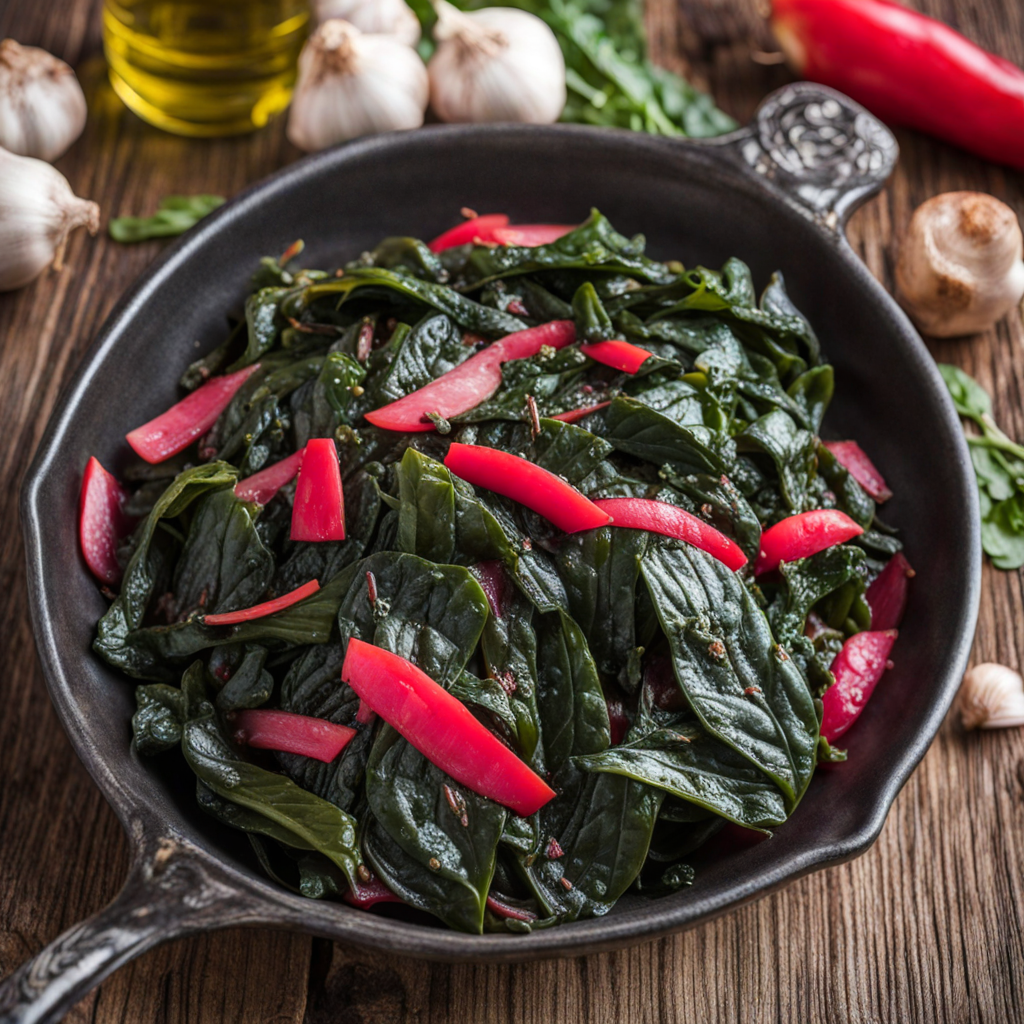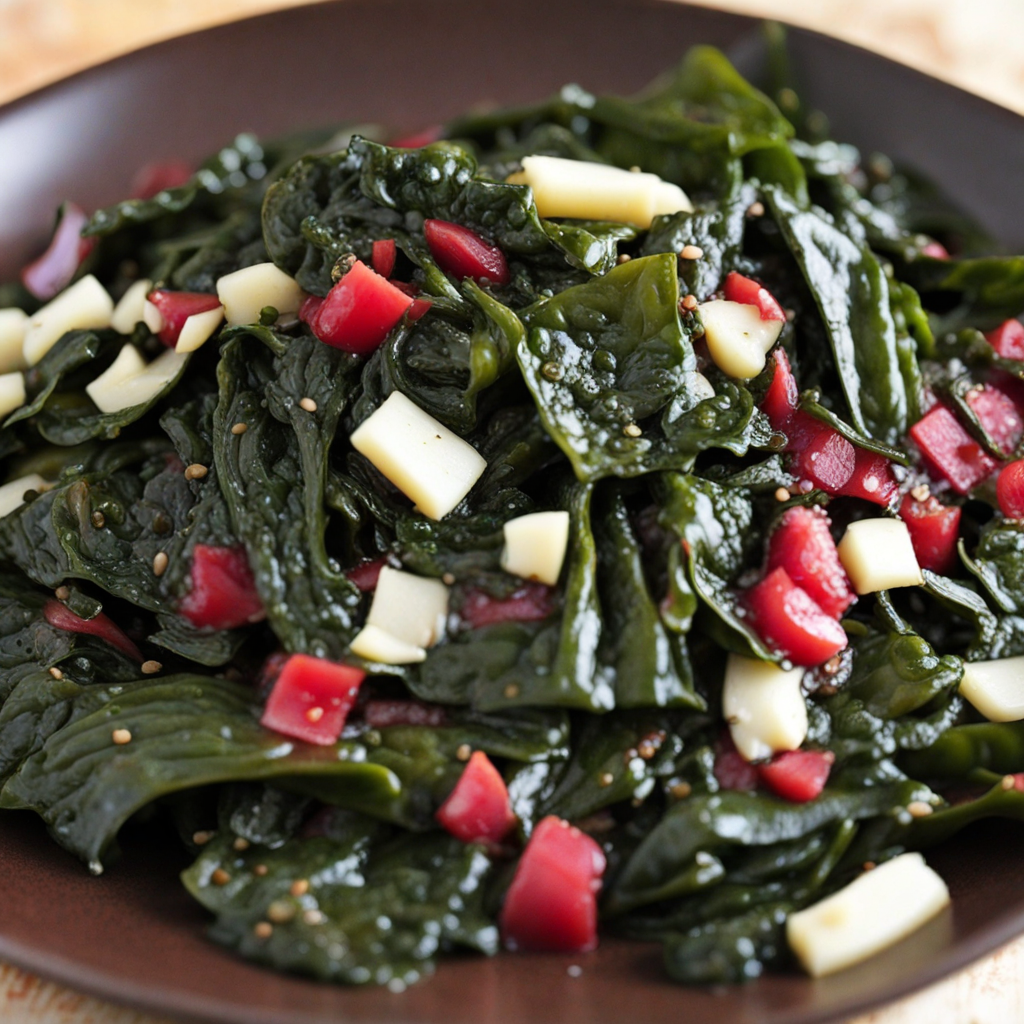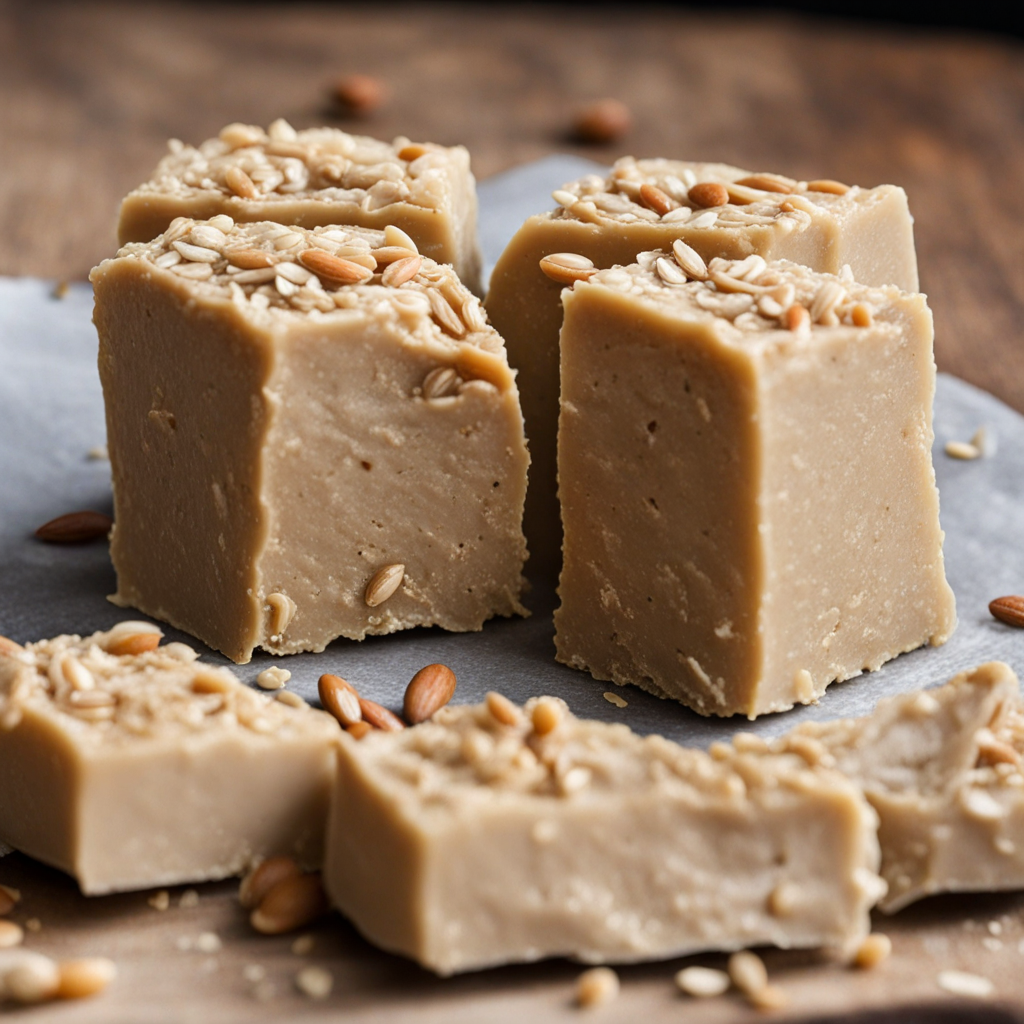Blitva
Blitva is a traditional dish from Bosnia and Herzegovina that beautifully showcases the region's rich agricultural heritage. At its core, Blitva consists of Swiss chard, which boasts vibrant green leaves and tender stalks. The chard is typically sautéed with garlic and olive oil, creating a fragrant base that enhances the dish's natural flavors. The simplicity of the ingredients allows the earthy taste of the chard to shine through, making it a wholesome and nutritious option for any meal. Often, potatoes are added, either boiled or steamed, contributing a hearty texture and a subtle creaminess that complements the greens perfectly. The dish is not only visually appealing, featuring a striking green hue, but it also embodies the essence of Mediterranean cooking, where fresh ingredients take center stage. When prepared, the chard and potatoes are usually seasoned with salt, pepper, and sometimes a hint of lemon juice for a touch of acidity that brightens the flavors. This balance of savory and slightly tangy elements creates a delightful taste experience that is both comforting and refreshing. Blitva can be served as a side dish or enjoyed on its own, making it versatile enough to accompany various proteins, such as grilled meats or fish. Blitva is a beloved staple in Bosnian cuisine, often enjoyed during family gatherings and festive occasions. Its roots lie deep in the local culture, where seasonal produce plays a significant role in daily cooking. The dish not only highlights the importance of fresh vegetables but also reflects the communal spirit of sharing meals with loved ones. For those seeking to explore new tastes, Blitva offers a unique opportunity to experience the flavors of Bosnia and Herzegovina, inviting you to savor the warmth and hospitality of its culinary traditions.
How It Became This Dish
The Culinary Journey of Блитва (Blitva) in Bosnia and Herzegovina Origins and Historical Context The dish known as Блитва (Blitva) has its roots deep in the rich agricultural landscape of Bosnia and Herzegovina, where the natural environment has shaped not only the diet but also the cultural identity of its people. Blitva primarily consists of Swiss chard, a leafy green vegetable that thrives in the temperate climate of the region. Its origins can be traced back to the Mediterranean basin, where it has been cultivated since ancient times. Historical records suggest that chard was consumed by the Greeks and Romans, and as trade routes expanded, the vegetable made its way into the Balkans. The introduction of chard into Bosnia and Herzegovina is intertwined with the complex history of the region itself. The Ottomans, who ruled the area from the 15th to the 19th centuries, significantly influenced local cuisine. During this period, the cultivation of various vegetables, including chard, became more widespread. The Ottomans brought a rich tapestry of culinary practices, blending native ingredients with their own, which fostered a diverse gastronomic heritage. Cultural Significance Blitva is more than just a dish; it is a symbol of resilience and adaptability. Traditionally, the Bosnian people have relied on local produce, and chard became a staple due to its availability and nutritional value. This vegetable is often prepared simply, reflecting the ethos of Bosnian cuisine, which favors fresh ingredients and straightforward cooking methods. In Bosnian culture, food is a central element of social life. Meals are often communal, and dishes like blitva serve as a means of bringing people together. It is commonly served alongside other traditional foods, such as potatoes, meats, or fish, and is especially popular during family gatherings, holidays, and religious celebrations. The dish captures the essence of Bosnian hospitality; it is not merely about nourishment but about sharing and connecting with others. The Evolution of Blitva Over Time Throughout the 20th century, Bosnia and Herzegovina underwent significant social and political changes, which, in turn, affected its culinary landscape. The rise of socialism and the establishment of Yugoslavia brought about a degree of homogenization in the region's cuisine, but local specialties like blitva remained cherished. The dish evolved, incorporating various influences while retaining its core characteristics. During the turbulent years of the 1990s, marked by the Bosnian War, the accessibility of ingredients became a challenge. The scarcity of food led to a return to traditional practices, with many families growing their own vegetables, including chard, as a means of survival. This period reinforced the connection between food and identity; blitva became a reminder of resilience in the face of adversity. In contemporary Bosnia and Herzegovina, blitva continues to hold its place in the culinary repertoire. Its preparation has adapted to modern tastes, with chefs experimenting with flavors and presentations. While the traditional recipe typically involves sautéing chard with garlic and olive oil, contemporary variations may include the addition of spices, cheeses, or other vegetables, reflecting a fusion of local and global influences. Preparing Blitva: A Culinary Experience Traditionally, blitva is prepared by washing and chopping the chard leaves and stems, which are then blanched briefly in boiling water. This step ensures that the greens retain their vibrant color and nutritional value. Following this, the chard is sautéed in olive oil with minced garlic, often seasoned with salt and pepper. The simplicity of the dish allows the natural flavors of the chard to shine through, making it a beloved accompaniment to many main courses. In addition to its traditional preparation, blitva can be served in various ways. Some families incorporate it into stews or use it as a filling for pastries, showcasing its versatility. Additionally, blitva has gained popularity among health-conscious individuals due to its rich nutrient profile, including vitamins A, C, and K, as well as iron and magnesium. Modern Cultural Representation In recent years, as Bosnia and Herzegovina has sought to reclaim and celebrate its cultural heritage, traditional dishes like blitva have gained prominence in culinary festivals and international events. Food tourism has emerged as a significant avenue for promoting the country’s gastronomic identity, with visitors eager to explore the local cuisine. Local restaurants now feature blitva on their menus, often highlighting its traditional roots while also embracing innovative interpretations. Chefs take pride in sourcing ingredients from local farmers, emphasizing the importance of sustainability and community support. The dish has transcended its humble beginnings to become a symbol of pride and cultural significance in a modern context. Conclusion Blitva embodies the essence of Bosnia and Herzegovina’s culinary heritage—a dish that tells a story of history, resilience, and community. From its origins in the Mediterranean to its cherished place on Bosnian tables today, blitva has evolved while remaining deeply rooted in tradition. As the world becomes more interconnected, the significance of local cuisines like blitva is becoming increasingly recognized, serving not only as a source of nourishment but also as a means of cultural expression and identity. In a world where globalization often threatens local traditions, the enduring popularity of blitva stands as a testament to the importance of food in preserving cultural heritage. As families pass down recipes and adapt them to contemporary tastes, blitva continues to bridge generations, celebrating both the past and the future of Bosnian cuisine.
You may like
Discover local flavors from Bosnia And Herzegovina







